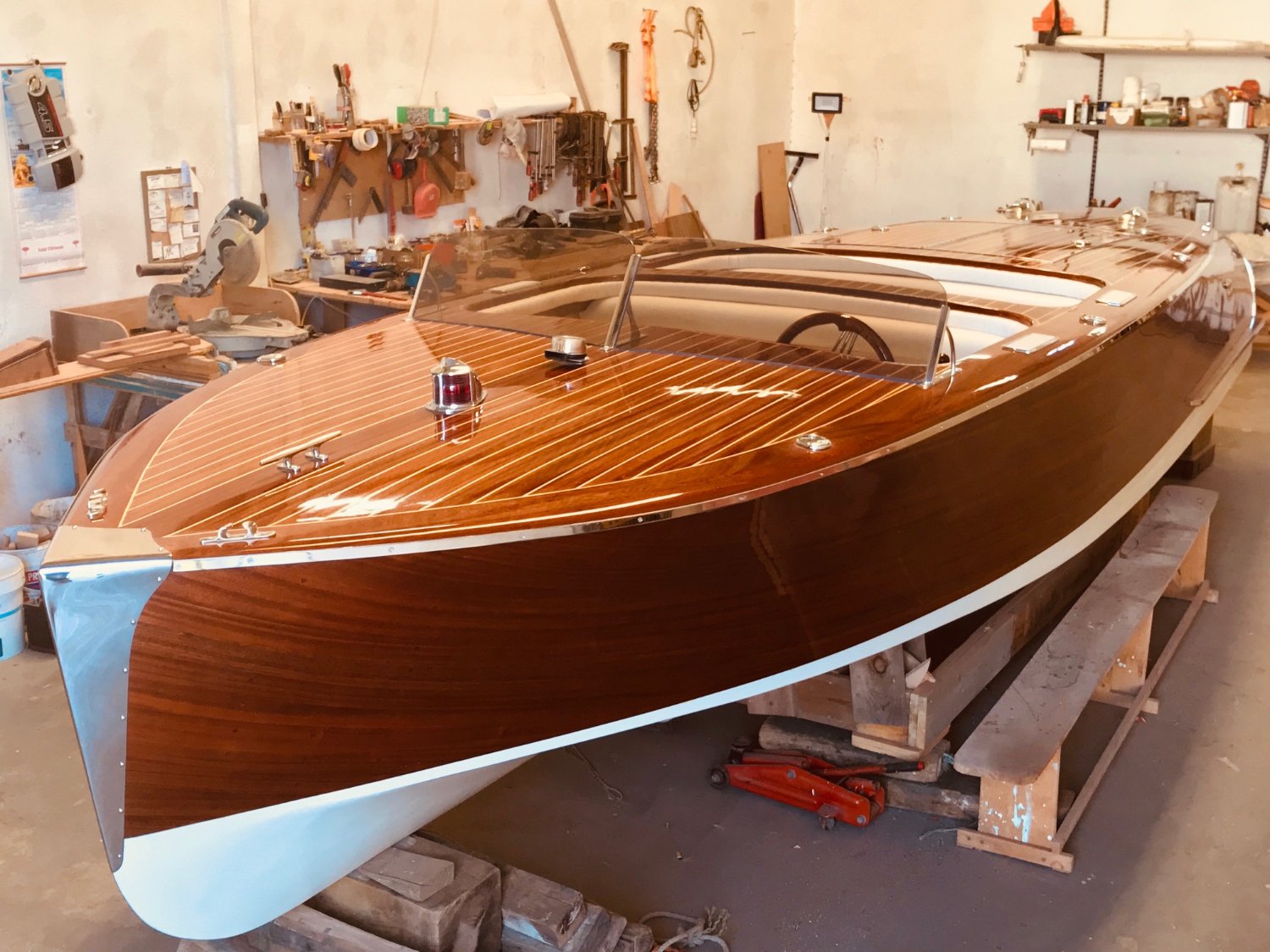
Beyond the Blueprint: Unveiling the Hidden Potential of Free Wooden Boat Plans
The internet is awash with free wooden boat plans. But are these freely available designs simply blueprints for basic boats, or do they hold a treasure trove of untapped potential for innovation and learning? This article delves beyond the surface, exploring the often-overlooked aspects of utilizing free plans and offering fresh perspectives for hobbyists, builders, and educators.
Q&A: Maximizing the Value of Free Wooden Boat Plans
Aren't free plans inherently inferior? What about hidden costs?
The assumption that free equates to inferior is a common misconception. While professional, commercially-produced plans often incorporate advanced design software and extensive testing, free plans, sourced from reputable websites or historical archives (like those from the Project Gutenberg which holds many older boat-building books), can be surprisingly robust. The "hidden cost" argument is more nuanced. Yes, you might spend more on materials if the plans aren't optimized, requiring more wood or specialized hardware. But this can be a valuable learning experience in efficient material usage and resource management. The true cost is time and effort, a factor often underestimated.
How can free plans be adapted for modern materials and techniques?
This is where the real innovation lies. Many free plans predate modern composites and epoxy resins. Consider incorporating these materials strategically. For example, a traditional lapstrake hull (found in many free plans) could benefit from epoxy-coated plywood or fiberglass cloth for enhanced durability and water resistance, reducing long-term maintenance. This marries the elegance of traditional design with modern material science. Furthermore, explore alternative joinery techniques. While traditional mortise and tenon may be described, exploring scarf joints or epoxy bonding for certain components could simplify construction and enhance strength.
Beyond the Boat: Educational and Entrepreneurial Opportunities
Free plans offer unique educational opportunities. Building a boat from a free plan is a hands-on lesson in geometry, engineering, and woodworking. Educational institutions can leverage these plans to develop engaging practical projects. Students can analyze the plans, identify potential improvements, and even design modifications. Moreover, successful completion of a project based on a free plan can be a launching point for a small woodworking business specializing in repairs or custom boat features. Consider documenting the building process through photography or video, creating valuable content for social media platforms and potentially generating income.
Real-World Success Stories: Turning Free Plans into Reality
Story 1: The "Improvised Dory": A woodworking hobbyist in Maine used a free dory plan as a starting point, substituting readily available cedar for the specified oak. They documented the entire process on YouTube, attracting a significant online following and leading to commissions for custom-built dories, proving the economic potential of adapting free plans.
Story 2: The "Educational Skiff": A high school teacher in Oregon used a simple skiff plan to create a hands-on woodworking curriculum. Students not only learned boatbuilding techniques but also developed problem-solving skills through modifications and material substitutions, resulting in a unique fleet of skiffs that showcased their individual creativity.
Conclusion: Free Plans - A Foundation for Innovation
Free wooden boat plans are more than just blueprints; they are opportunities. They offer a chance to learn, innovate, and even launch a small business. By embracing creative adaptations, focusing on efficient material selection, and leveraging modern techniques, these plans can lead to functional, beautiful watercraft and valuable educational experiences. Don't just build a boat; build an experience.
Disclaimer: Always prioritize safety when working with tools and watercraft. Ensure the plans are appropriate for your skill level and make necessary modifications to meet local regulations and safety standards.



0 comments:
Post a Comment
Note: only a member of this blog may post a comment.